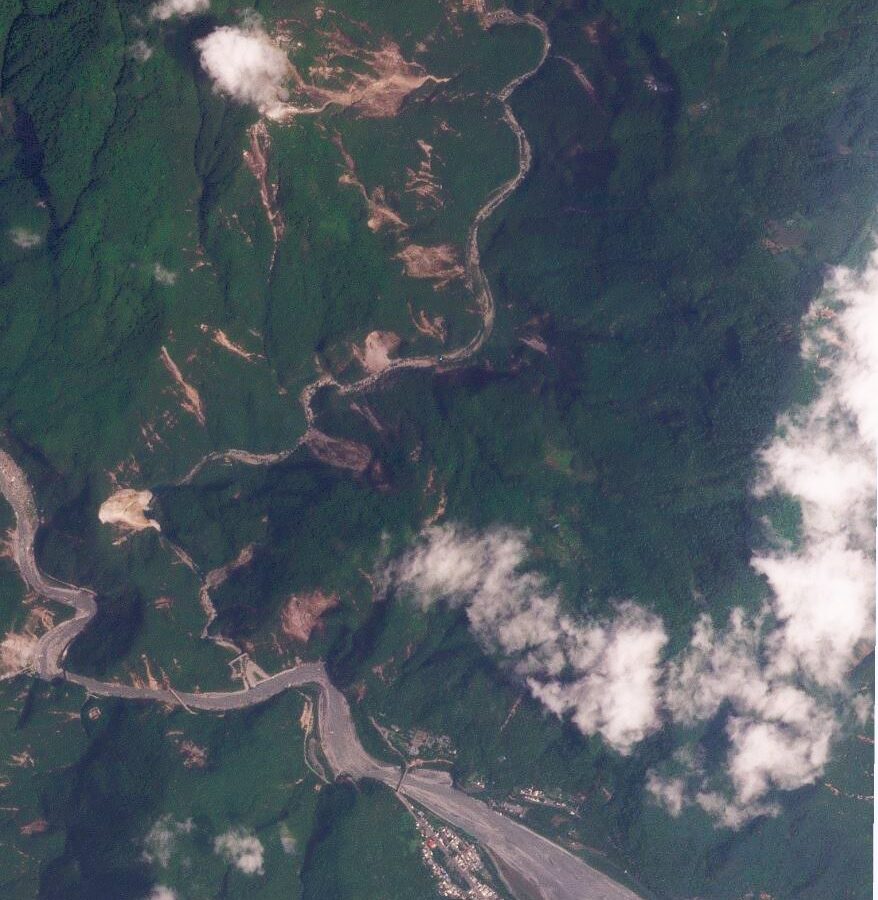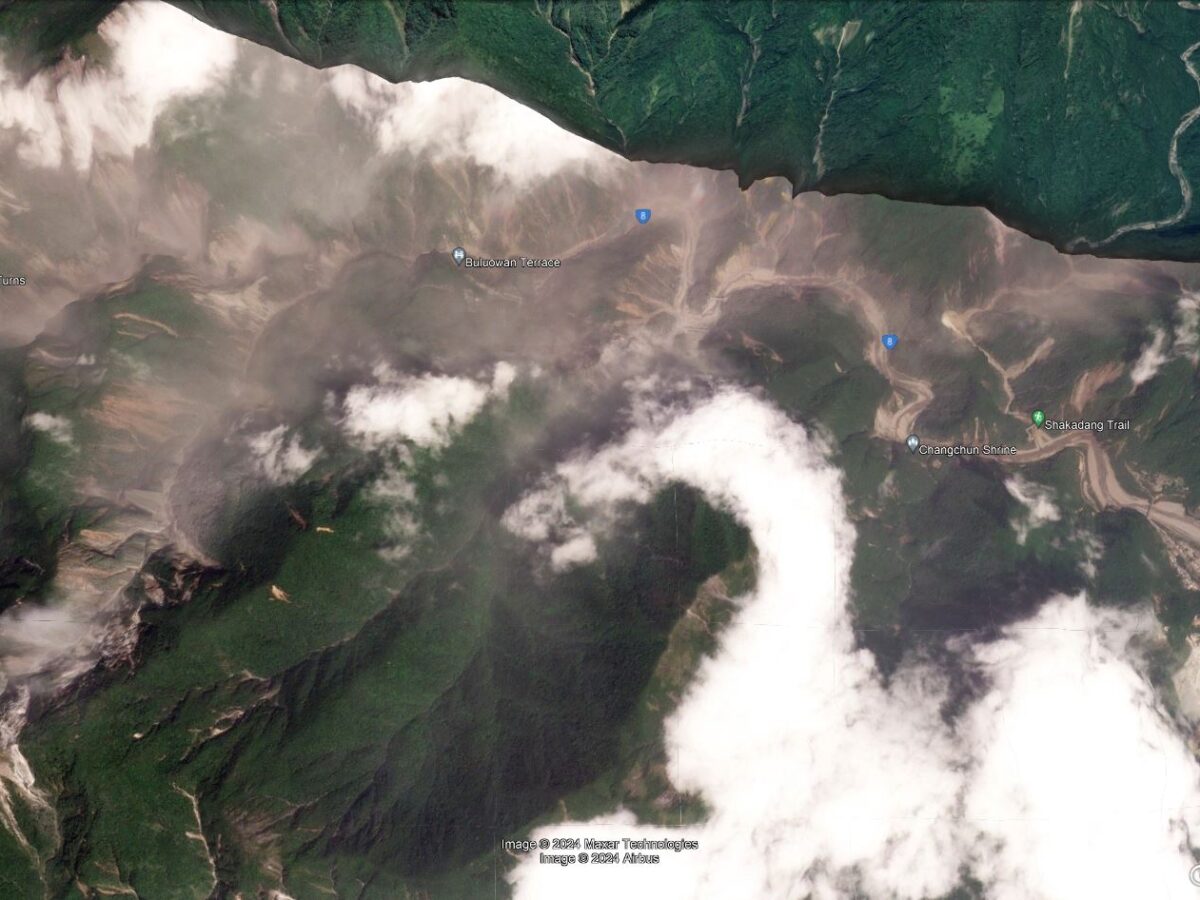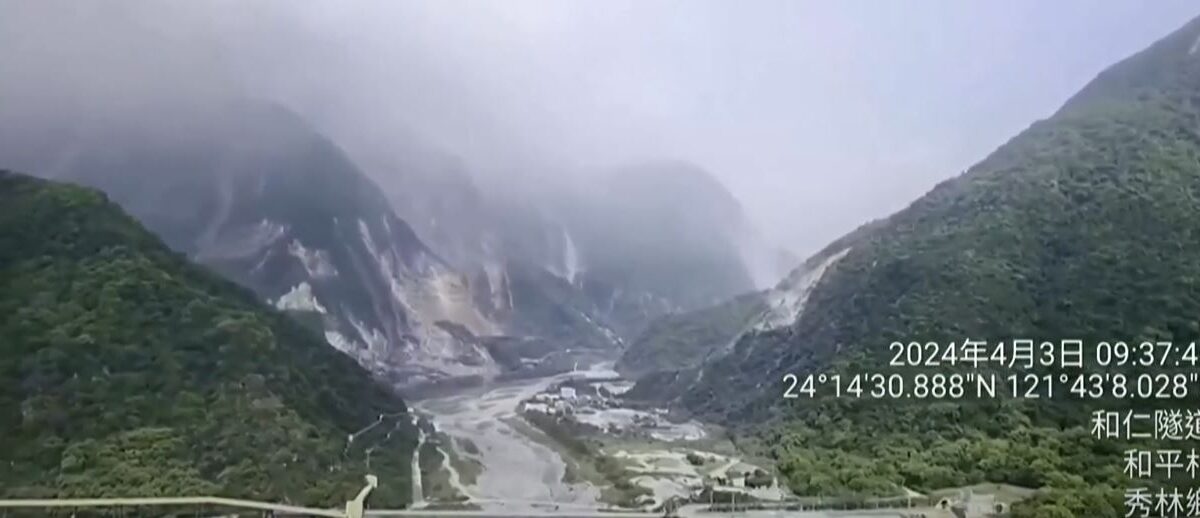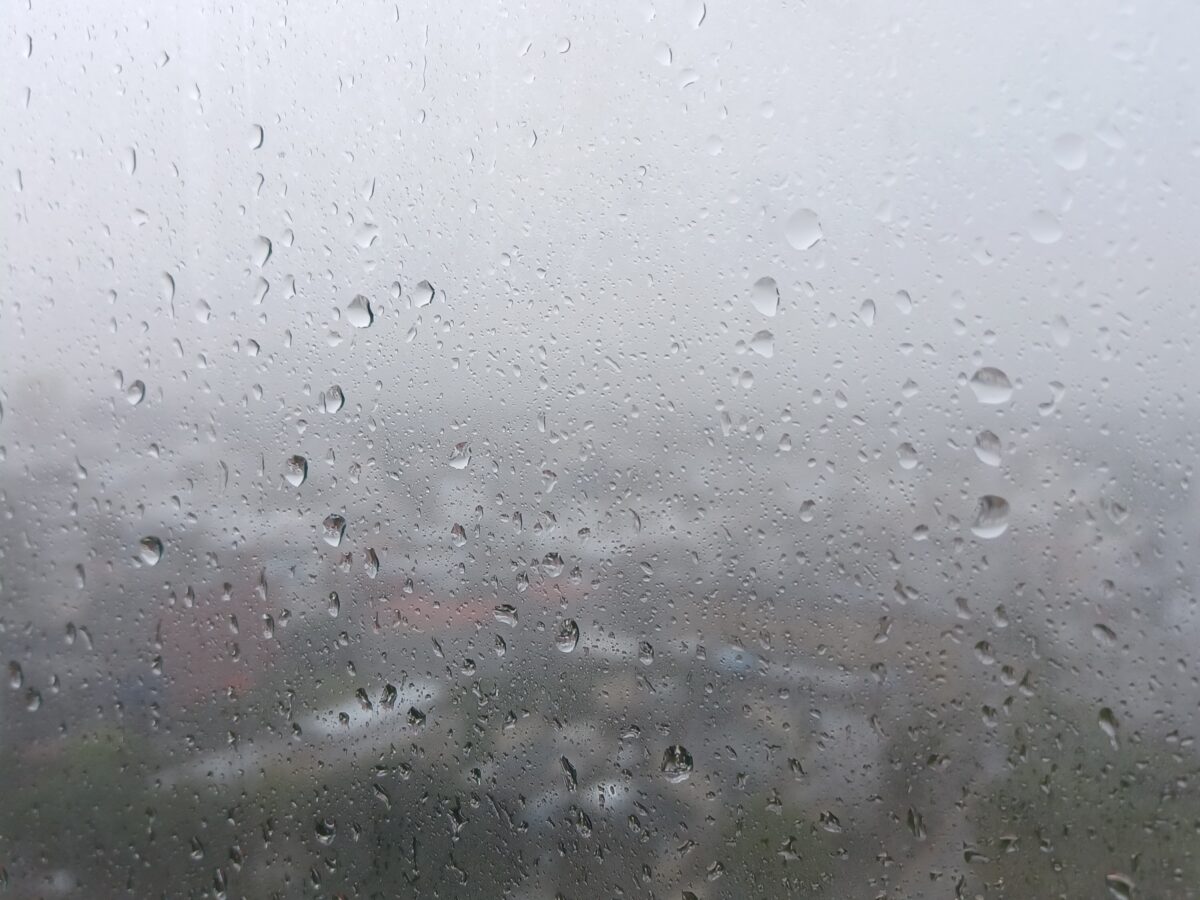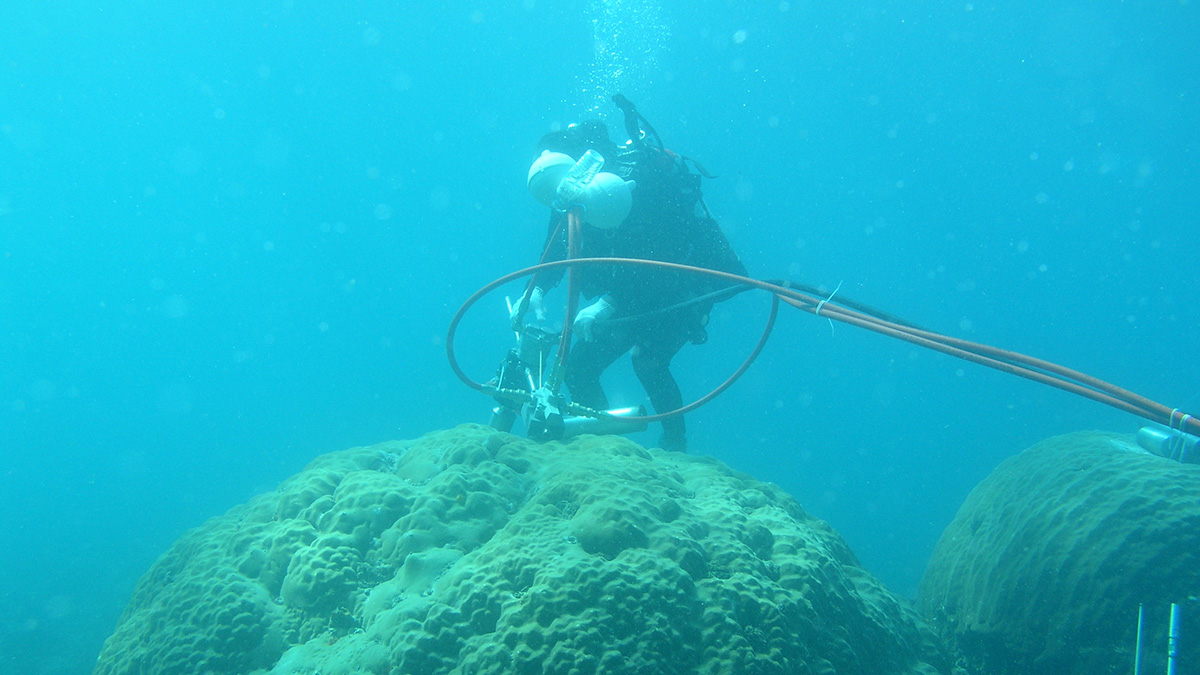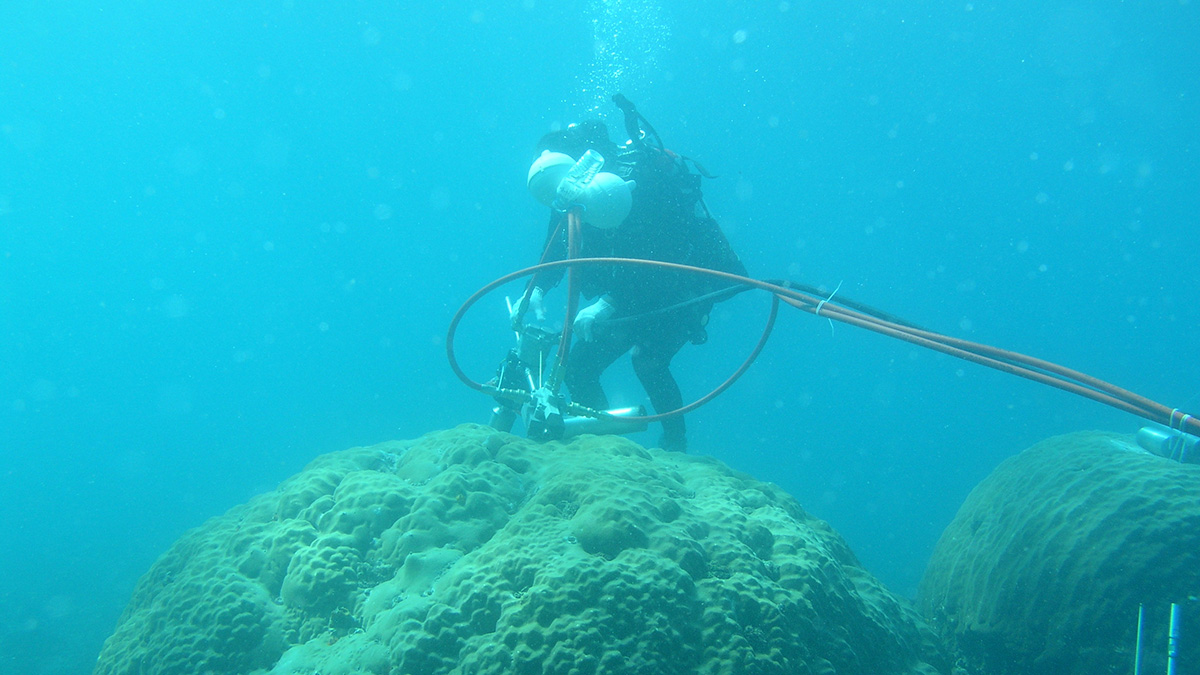Using more than two decades of data, scientists find that the Philippine and Taiwan subduction region is controlled mainly by shallow seismicity and low magnitude earthquakes.
Taiwan
Landslides on the Shakadang Trail, Taroko, Taiwan
The Landslide Blog is written by Dave Petley, who is widely recognized as a world leader in the study and management of landslides. It is unsurprising that the news cycle has mostly moved on from the 3 April 2024 Hualien earthquake in Taiwan. On the ground, activity continues to deal with the aftermath of the […]
Early warning and rockfalls in the 3 April 2024 Mw=7.4 Hualien earthquake
The Landslide Blog is written by Dave Petley, who is widely recognized as a world leader in the study and management of landslides. Yesterday, very interesting dashcam footage emerged of rockfalls triggered by the 3 April 2024 Mw=7.4 Hualien earthquake. The footage is dramatic in itself, but also serves to highlight the value of earthquake […]
Landslides in Taroko Gorge from the 3 April 2024 Taiwan Earthquake
The Landslide Blog is written by Dave Petley, who is widely recognized as a world leader in the study and management of landslides. A day after the Mw=7.4 Taiwan Earthquake, it is increasingly clear that the major impacts from the event, and its aftershocks, have resulted from landslides rather than building collapses. This is a […]
Initial news about landslides from the 3 April 2024 M=7.2 earthquake in Taiwan
The Landslide Blog is written by Dave Petley, who is widely recognized as a world leader in the study and management of landslides. At 07:58 local time on 2 April 2024 an earthquake struck the central East Coast of Taiwan, close to the city of Hualien. Initial reports from the Central Weather Administration Seismological Center, […]
Passing through the eye of Typhoon Haikui in Taiwan
The Landslide Blog is written by Dave Petley, who is widely recognized as a world leader in the study and management of landslides. Over the last two weeks, I travelled with my daughter Holly through Taiwan on vacation. Loyal readers will know that in the early part of my career I spent some time in […]
La chimie du corail reflète l’expansion économique d’Asie du Sud-Est
Les sols en érosion en raison du développement économique ont transporté des sédiments en mer de Chine méridionale… et jusque dans le squelette corallien.
La química de los corales refleja la expansión económica del sudeste asiático
La erosión del suelo derivada del desarrollo económico mueve sedimentos hacia el mar del sur de China y también hacia los esqueletos de los corales.
Coral Chemistry Reflects Southeast Asia’s Economic Expansion
Soil erosion from economic development sent sediments into the South China Sea—and into coral skeletons.


